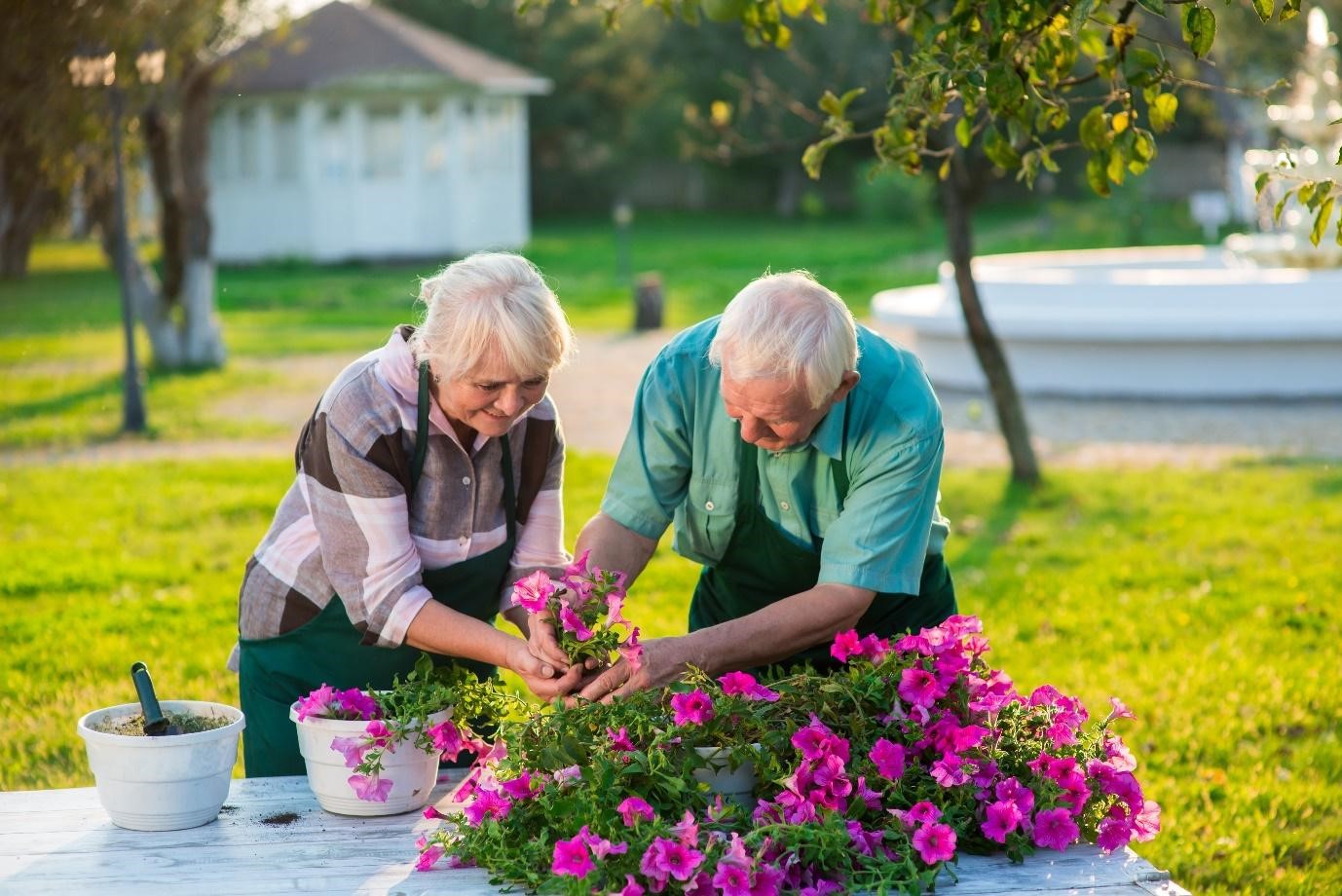Easy Gardening Tips for Elderly & Disabled Gardeners

Gardening is a beloved hobby that brings joy, relaxation, and a sense of accomplishment. But what happens when age or disability makes it challenging to tend to your green sanctuary? Don't let mobility challenges or physical limitations stop you from enjoying the beauty of nature. With the right tools and techniques, gardening can be accessible to everyone. Let's dive into some easy gardening tips for elderly and disabled gardeners that will help you maintain your green thumb without the strain.
The Importance of Senior Gardening
Gardening isn't just about growing beautiful flowers and delicious vegetables; it's also about nurturing your well-being. Studies have shown that gardening can reduce stress, improve mental health, and even boost physical fitness. For seniors and individuals with disabilities, gardening can be a therapeutic activity that keeps the mind sharp and the body active.
Ergonomic Tools: Your New Best Friends
One of the first steps to making gardening easier is investing in ergonomic tools. These tools are designed to reduce strain and make tasks more comfortable. Look for tools with cushioned grips, lightweight materials, and extended handles. For example, a long-handled trowel can help you reach those hard-to-get spots without bending over.

Raised Beds: Bringing the Garden to You
Raised beds are a game-changer for gardeners with mobility challenges. By elevating the garden, you can tend to your plants without bending or kneeling. Raised beds also offer better drainage and soil control, making them a win-win for both you and your plants. You can find raised bed kits at your local garden center or build your own with simple materials.
Low-Maintenance Plants: Less Work, More Beauty
Choosing the right plants can make a world of difference. Opt for low-maintenance plants that require minimal watering, pruning, and care. Some great options include succulents, perennials like lavender and daylilies, and hardy shrubs like hydrangeas. These plants are not only easy to care for but also add a splash of color and beauty to your garden.
Gardening from a Seated Position
For those with mobility challenges, gardening from a seated position can be a comfortable alternative. Invest in a sturdy, adjustable garden stool or chair that allows you to sit while you tend to your plants. You can also use a rolling garden seat that moves with you, making it easier to cover more ground without standing up.
Vertical Gardening: Maximizing Space and Accessibility
Vertical gardening is another excellent option for gardeners with limited mobility. By growing plants upwards on trellises, walls, or hanging baskets, you can maximize space and make it easier to reach your plants. Vertical gardens are not only practical but also add a unique and beautiful touch to your outdoor space.
Tips for Gardeners with Specific Needs
Arthritis and Joint Pain
If you suffer from arthritis or joint pain, look for tools with padded handles and ergonomic designs. Wear gloves with gel padding to reduce strain on your hands. Also, consider using a garden kneeler or stool to minimize the need to bend or kneel.
Wheelchair Users
For wheelchair users, raised beds and vertical gardens are ideal. Ensure that your garden paths are wide enough for your wheelchair and free of obstacles. You can also use a wheelchair-accessible garden table or bench to make gardening more comfortable.
Vision Impairment
If you have vision impairment, choose plants with bright colors and strong scents. Use contrasting colors in your garden to make it easier to distinguish between different areas. You can also use tactile markers or labels to help you identify your plants.
Additional Resources for Accessible Gardening
For more information on accessible gardening, check out these helpful resources:
- The National Gardening Association offers a wealth of information on gardening techniques and tools for seniors and individuals with disabilities.
- The Arthritis Foundation provides tips and tools for gardening with arthritis.
- The American Horticultural Therapy Association offers insights into the therapeutic benefits of gardening.

Conclusion
Gardening doesn't have to be a chore; it can be a therapeutic and enjoyable activity for everyone, regardless of age or ability. With the right tools, techniques, and a bit of creativity, you can transform your garden into a sanctuary that brings you joy and relaxation. Remember, gardening is about nurturing not just plants but also your well-being. So, grab your ergonomic tools, set up those raised beds, and let the beauty of nature flourish in your backyard.
FAQs
What are some ergonomic tools for gardening? Ergonomic tools include long-handled trowels, cushioned grip pruners, and lightweight watering cans. These tools are designed to reduce strain and make gardening more comfortable.
How can I garden if I have arthritis? Use tools with padded handles and ergonomic designs. Wear gloves with gel padding to reduce strain on your hands. A garden kneeler or stool can also minimize the need to bend or kneel.
What are the benefits of raised beds for elderly gardeners? Raised beds bring the garden to a more accessible height, reducing the need to bend or kneel. They also offer better drainage and soil control, making them easier to maintain.
Which plants are low-maintenance and suitable for seniors? Low-maintenance plants include succulents, perennials like lavender and daylilies, and hardy shrubs like hydrangeas. These plants require minimal watering, pruning, and care.
How can vertical gardening help disabled gardeners? Vertical gardening maximizes space and makes it easier to reach your plants. By growing plants upwards on trellises, walls, or hanging baskets, you can reduce the need to bend or kneel.
0 Response to "Easy Gardening Tips for Elderly & Disabled Gardeners"
Post a Comment